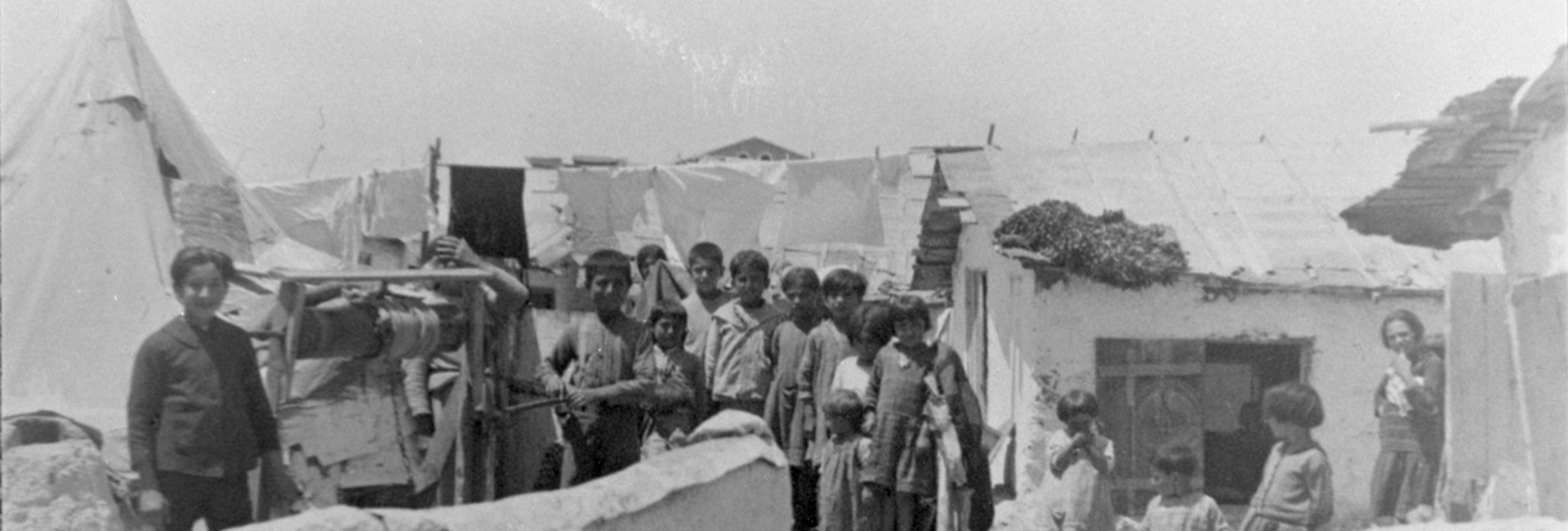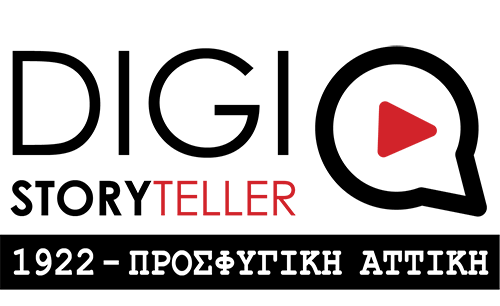
Drapetsona
May 23, 2023Nikaia
September 1922 brought ships full of refugees from the Asia Minor Catastrophe to the port of Piraeus. On the outskirts of the city, a network of industries spreads out, attracting the new potential for work and settlement in temporary shacks. Among these workers' settlements, in the wider Piraeus area, is Kokkinia. Initially in tents and temporary makeshift shelters, an 'informal' refugee settlement is being formed beyond the train tracks. The organized settlement was founded on 18 June 1923. The first houses were built by the Committee for the Rehabilitation of Refugees (EAP) south of Eleftherios Venizelos Square to the stream of Souda. By 1926, the neighborhoods of "Agios Nikolaos" and "Osias Xenis" with their respective churches were created. In 1927, the EAP extended Nea Kokkinia north of Agios Nikolaos and Osia Xeni with a new development plan. There the neighborhood of Krini is built, from the seaside province of Smyrna of the same name, today's Cesme. The neighborhood remains known to this day as "Germanika".
By 1925, the Refugee Diary lists 1,150 houses with 7,850 rooms housing more than 42,000 refugees. The official census of 1928, however, gives the number of 33,332 inhabitants and this is because it did not include the shacks of self-housing that flooded the edges of the entire city, nor the off-plan settlements that formed. Ten years later it became the fifth-largest city in the country.
Today in Nikaia, a large part of the refugee houses that were built to accommodate the needs of the refugees survive. Houses with continuous habitation and communal courtyards that are shaped as small squares, alans, parking lots, etc. The refugee past remains active in the collection of memory and in the imprint of urban space.
